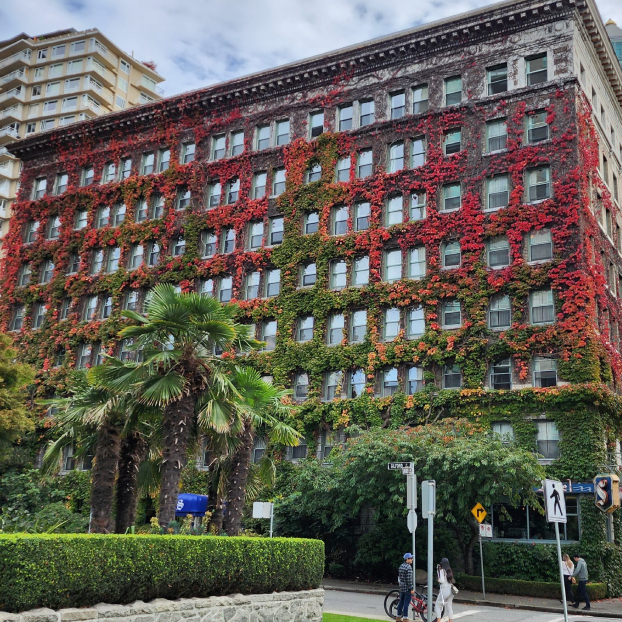Outdoor green facades have gained popularity in urban environments for their myriad of benefits. These lush, living installations offer more than just aesthetic appeal for a building; they play a crucial role in improving the urban landscape and making our cities greener and more sustainable. Here are some of the key benefits of exterior green facades:
1. Reduce Stormwater Runoff:
One of the most significant advantages of outdoor green facades is their ability to reduce stormwater runoff. In urban areas, much of the landscape is comprised of impermeable surfaces like concrete and asphalt. These surfaces prevent rainwater from being absorbed into the ground and can lead to flash floods and increased pollution in bodies of water. Green facades act as natural sponges, absorbing rainwater and helping to regulate the flow of stormwater. This mitigates flooding by reducing the strain on municipal drainage systems.

2. Cooling Surfaces
Outdoor green facades help in reducing the heat island effect, a common issue in cities where buildings and pavements absorb and radiate heat, causing higher temperatures. Exterior green facades reflect sunlight and provide shade; by covering building surfaces with vegetation you can lower the temperature of the building’s exterior. This, in turn, helps to keep the interior cooler, reducing the need for energy-intensive air conditioning.
3. Reduce Heat Flux
In addition to cooling the exterior, green facades can reduce heat flux from the roof to the building. This insulation effect is particularly beneficial in extreme climates. It helps maintain a more stable indoor temperature, making buildings more energy-efficient and comfortable year-round.
4. Longevity
Exterior green facades can last for many years with proper maintenance. Unlike traditional building materials that degrade over time, green facades can thrive and even improve as they mature and develop. Their durability and natural growing patterns make them a practical, sustainable choice for building exteriors, providing lasting benefits.

5. Increase Biodiversity
Green facades create pockets of greenery in urban areas, attracting wildlife such as birds, butterflies, and insects. In busy cities that often lack green spaces, these ecosystems support biodiversity and help sustain urban wildlife populations. On top of this, they also contribute to a healthier and more balanced urban living environment.
In summary, exterior green facades offer a plethora of advantages that extend beyond mere aesthetics. They play a vital role in creating sustainable, resilient cities by reducing stormwater runoff, cooling building surfaces, and improving energy efficiency. Their long lifespan and ability to attract wildlife further underscore their value in urban design. By incorporating green facades into our cities, we can make our urban environments more livable and sustainable.
